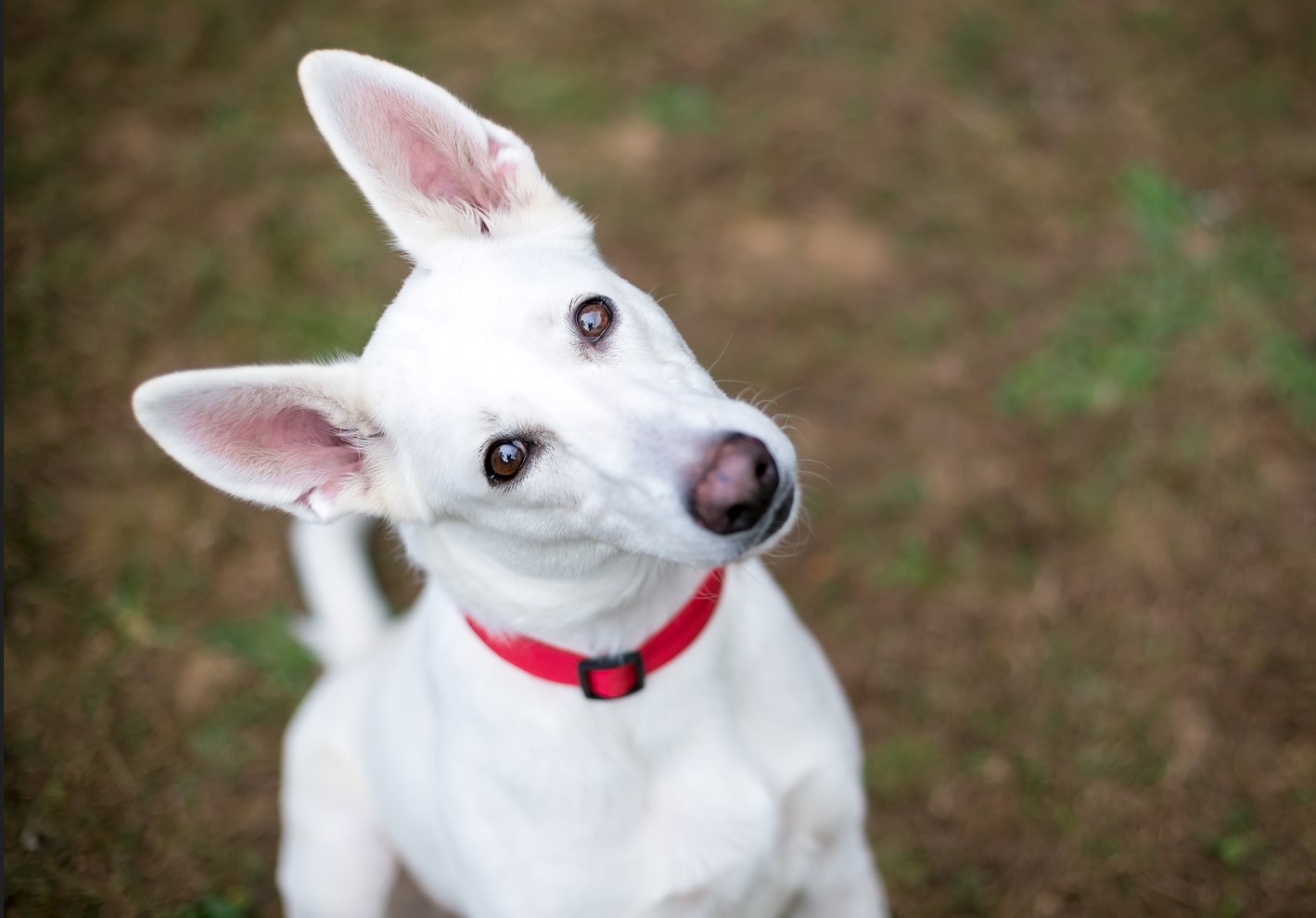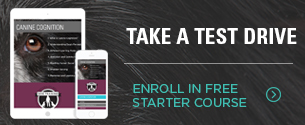Teaching and training can empower dogs with more confidence, safety, and opportunities to expand their horizons. But are they actually enjoying the process?

As positive dog trainers, we teach dogs life skills that help them navigate their world with more ease, confidence, and security. Research tells us that by making their learning fun and rewarding, we can increase positive associations, build stronger relationships, and boost learning success. That’s why positive trainers include food, toys, praise, and play during practice sessions to make learning enjoyable and motivating.
But how can a responsible trainer or caring dog guardian tell if a dog actually likes training? Is observing their behavior enough to know? Recently, Victoria led a discussion with her team about these questions. Here are some highlights of the thought-provoking conversation:
Are appearances deceiving?
Our first instinct is to observe a dog’s body language in an attempt to truly understand whether our dog is liking what they are doing or what they’ve been taught. Typically, a relaxed and happy dog shows loose and fluid, even wiggly, body movements.
But a dog may grow up in a household where certain treatment and activities are standard and they simply haven’t experienced any alternatives. If a dog gets really excited at the sight of a prong collar, there may be more to the story. Perhaps that collar is his only ticket to get to go outside. One question we might ask about a certain training method could be, is this the dog’s only way to get interaction?
When something becomes routine for a learner, they may not even realize other options exist. So the more alternatives that we can give a learner to get to the same consequences, the more we can accurately gauge their relative preferences. This means thinking about choice. By offering dogs choice we can get a better understanding of whether they really enjoy an activity.
What’s truly valuable to them?
Dogs are social beings. So they often get excited to socialize or to sniff outdoors and engage with the world. In many human environments, they may have very narrow ways to get those needs met. Getting that social connection or sniffing opportunity, much like a high value treat, might only be available to them in situations that they don’t otherwise much like.
Victoria’s team talked about what it means to let dogs choose, within a reasonable set of options, to see if they actually like something or prefer one activity over another. For example, what would they pick if they could choose between a harness that signals going on a city walk, a woven collar that signals walking in a straight line for a set amount of time, or a different type of harness that means a sniffy walk in a park?
Can we make unavoidable situations more pleasant?
When dogs live as part of a family, it’s reasonable that we consider and balance the needs of all the family members. But the inescapable fact is that humans control their environment and hold the cards in the relationship, even when we are offering choice.
Using positive reinforcement is one way to make unavoidable situations as pleasant as possible for our dogs. We can also rethink our choice of training cues. For example, before crossing the road, when we might think about asking a dog to sit to keep her safe, does it actually have to be a “sit” cue? Victoria likes the “wait” cue, which serves a similar purpose—as a literal pause to check in together. This is just one way we can avoid putting our dogs into positions where they are immobile and confined and lack all choices.
During the roundtable, the team brainstormed options for giving dogs choice in typically challenging training situations, such as different strategies for trimming a dog’s nails, while still accomplishing what’s necessary. Victoria shared an example of how, once we can understand where a dog is coming from, it’s possible to completely change the dynamic—potentially even with behaviors like resource guarding.
Check out the full episode on the Positively Dog Training Podcast.



